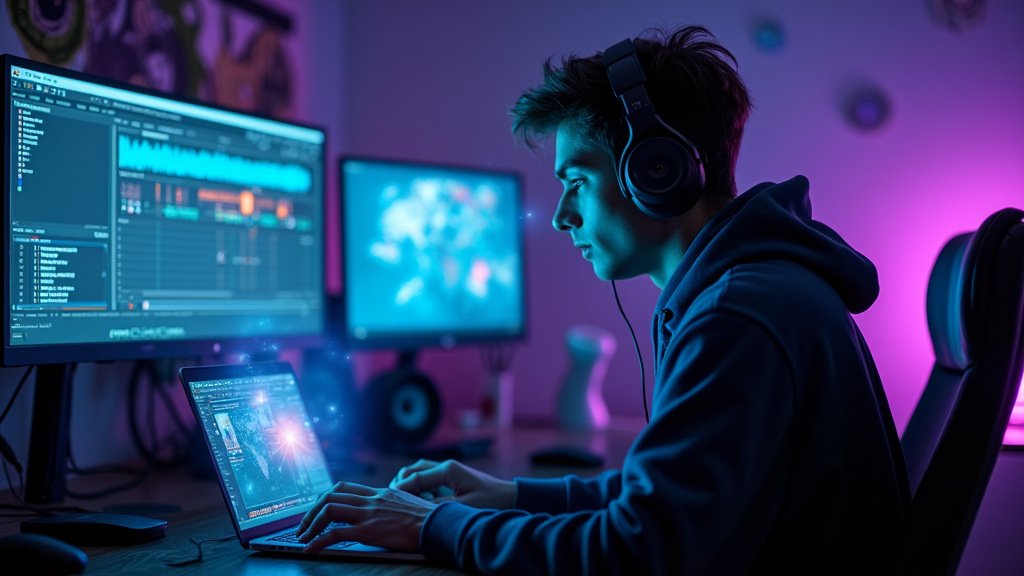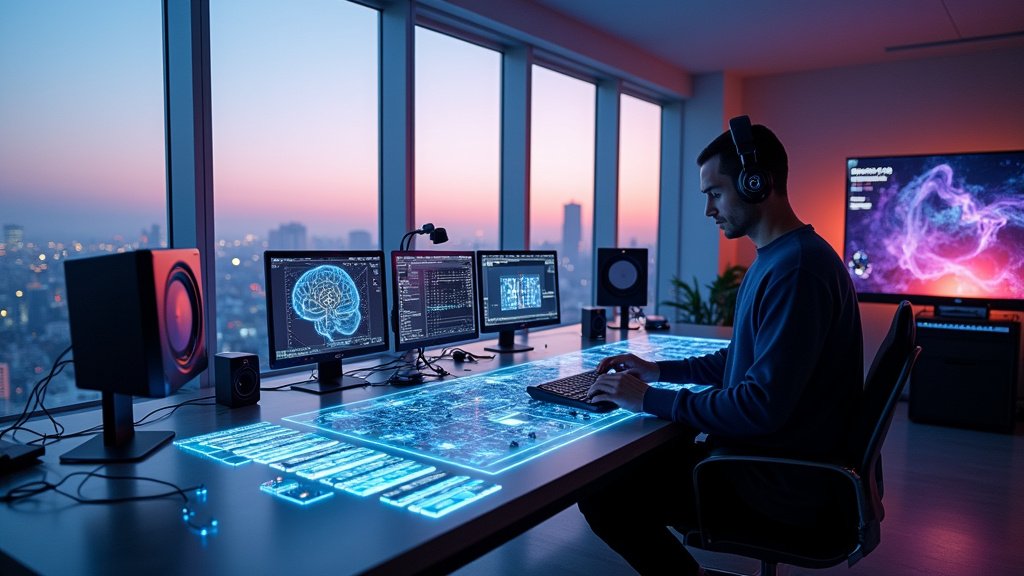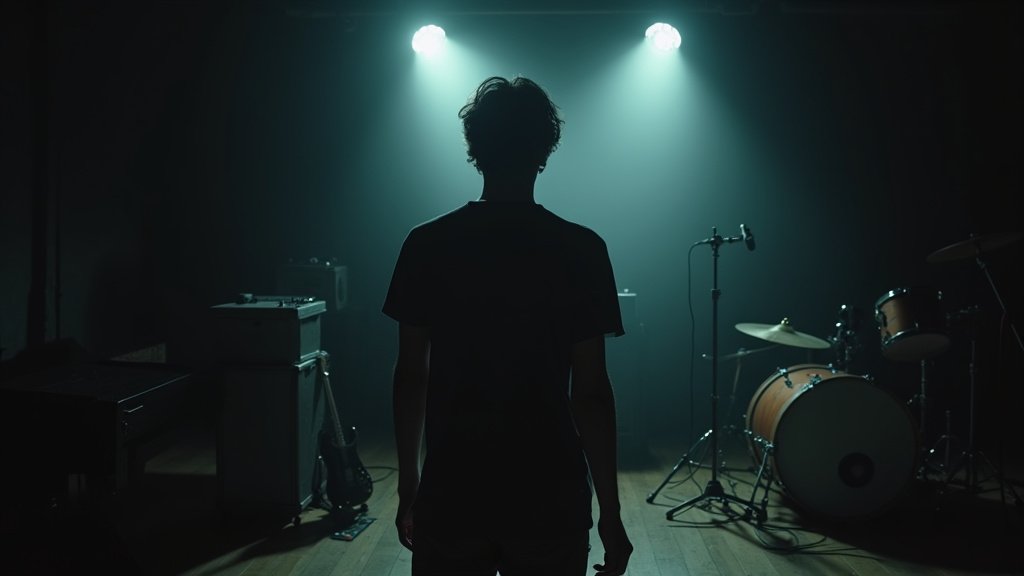The music industry has undergone a seismic transformation, moving from physical media to an on-demand, digital-first ecosystem. This technological revolution has profoundly reshaped the landscape for artists, presenting both unprecedented opportunities and formidable challenges. While music technology has democratized creation and distribution, making it easier for independent artists to share their work globally, it has also intensified competition and complicated the path to sustainable revenue.
The Home Studio Revolution and Global Reach
Gone are the days when professional-grade music production required exclusive access to expensive studios. Advancements in digital audio workstations (DAWs), plugins, and virtual instruments have empowered musicians to create high-quality music from their bedrooms. Tools like Logic Pro, Ableton Live, and AI-powered mixing and mastering services like LANDR and iZotope Ozone have made sophisticated production accessible and affordable. This democratization allows a wider array of voices to emerge, fostering diversity across all forms of music. Furthermore, digital distribution platforms such as DistroKid, TuneCore, and CD Baby, coupled with streaming giants like Spotify, Apple Music, and YouTube Music, have eliminated traditional gatekeepers, enabling artists to reach a global audience directly. Independent artists who once relied on major labels for distribution can now release their music worldwide, maintaining greater creative control and ownership. Success stories of artists like Chance the Rapper and Billie Eilish, who gained international fame without major label backing, highlight the potential of this digital frontier.
Drowning in Data, Starving for Streams
However, the ease of creation and distribution has led to an oversaturated market. With tens of thousands of songs uploaded daily to platforms like Spotify, artists face immense competition for listener attention. Standing out amidst this deluge is a significant hurdle, often leaving artists dependent on algorithmic playlists and social media trends for visibility. The financial realities are equally complex. While streaming offers unparalleled exposure, the per-stream payout rates from major platforms are notoriously low, often amounting to fractions of a cent. This microtransactional model means that artists require millions of streams to earn a sustainable living, a feat challenging for many, especially emerging or niche acts. The revenue distribution is further complicated by complex royalty splits between platforms, labels, publishers, and artists, often leaving creators with a disproportionately small share.
The Rise of Data-Driven Strategy
To navigate this intricate landscape, artists and industry professionals are increasingly leaning on data analytics. Big data provides invaluable insights into listener behavior, preferences, and market trends, revolutionizing artist discovery, development, and marketing. Labels are now leveraging real-time data to identify talent, tailor promotion strategies, and optimize tour planning. For artists, understanding their audience demographics, geographical reach, and song performance through tools like Spotify for Artists, Chartmetric, or Soundcharts allows them to make informed decisions, refine their sound, and engage more effectively with their fanbase. This data-informed approach is crucial for crafting targeted marketing campaigns and identifying potential viral or trending opportunities.
Superfans, Live Streams, and AI Collaborators
Beyond traditional streaming, new technologies are creating direct avenues for artist-fan connection and monetization. Live streaming platforms like Twitch and YouTube have become vital tools, enabling artists to connect with audiences in real-time through performances, Q&As, and behind-the-scenes content. These platforms offer monetization options such as subscriptions, Super Chats, and virtual tip jars, fostering deeper fan engagement and providing essential income streams. YouTube, in particular, is rolling out new features designed to strengthen artist-fan bonds, including release countdowns, album pre-saves, and exclusive video or merchandise drops for top fans, rewarding loyalty. Artificial intelligence is also emerging as a significant force, not only in production but also in content creation. AI tools can assist with composing, mixing, mastering, and even generating new music genres, acting as powerful co-creators for artists. While AI’s role in creativity is debated, its ability to streamline workflows and unlock new sonic possibilities is undeniable. The creator tools market continues to expand, with subscription-based services and social-integrated platforms making music creation more accessible and collaborative than ever.
In essence, music technology has created a dual reality for artists. It has lowered barriers to entry, democratized production, and opened global markets, empowering independent creators. Yet, it has also intensified competition and presented significant hurdles in achieving financial stability from recorded music alone. Navigating this complex landscape requires artists to be not only talented musicians but also savvy entrepreneurs, leveraging data, diversifying revenue streams, and embracing new technologies to connect directly with their most dedicated fans. As technology continues to advance, the ability to adapt, innovate, and build a community will remain paramount for artists seeking to thrive in the ever-evolving world of music, a crucial part of all forms of entertainment and even influencing aspects of fashion.





